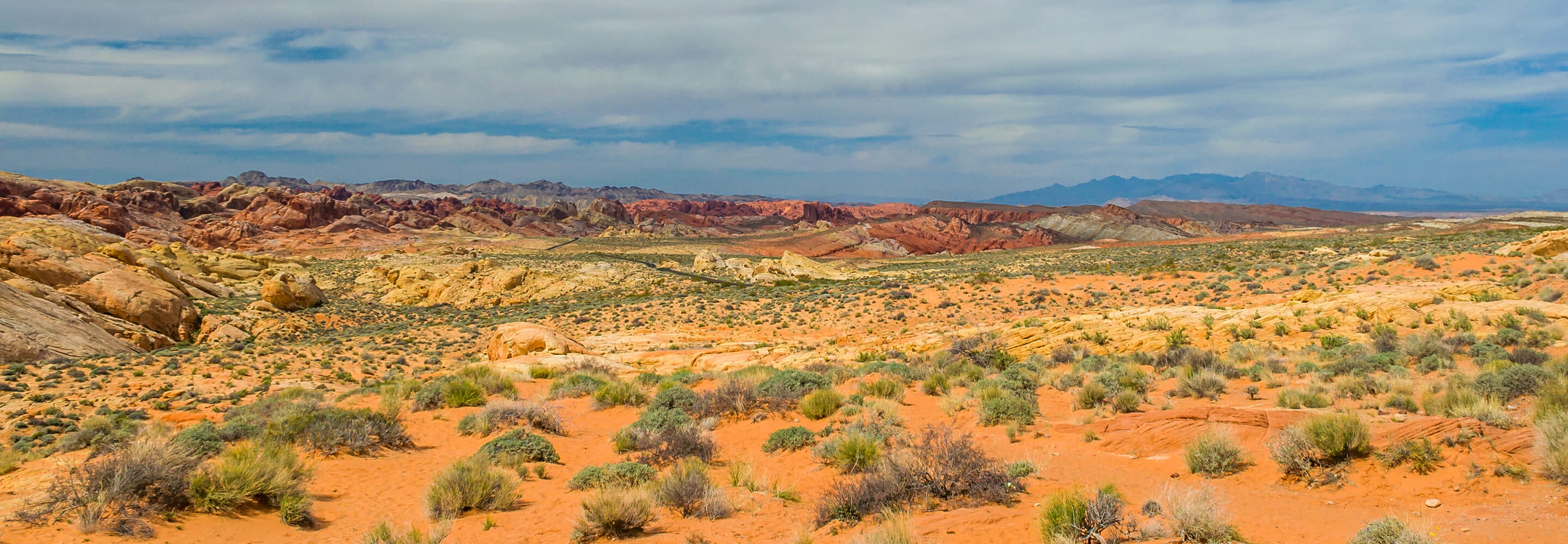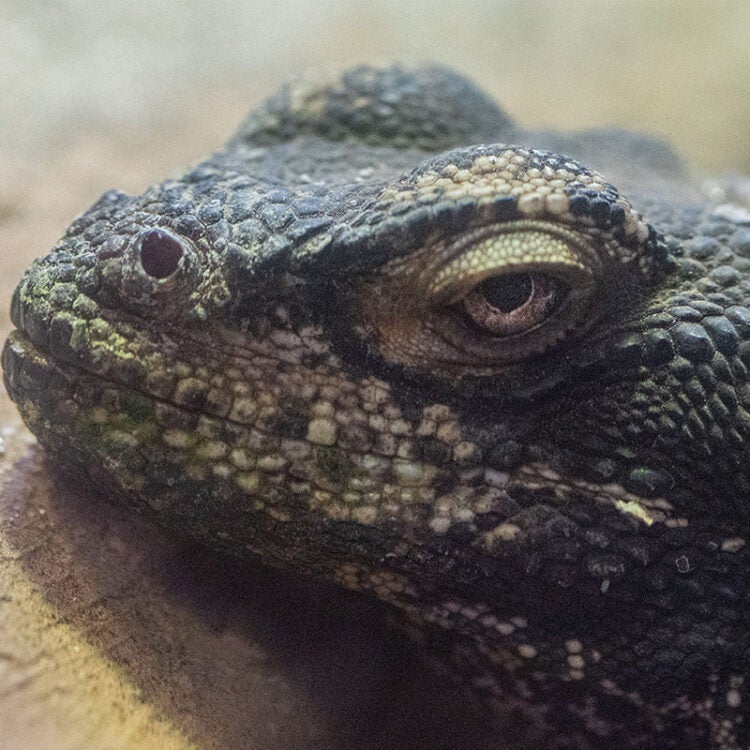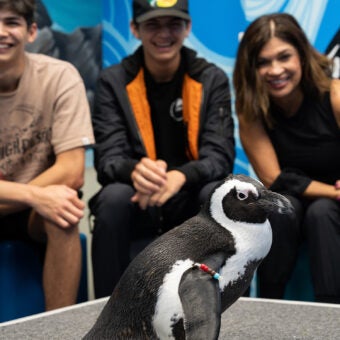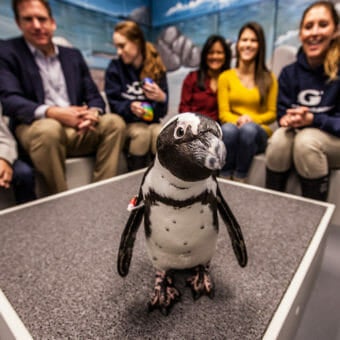-
Size
6.4 inches (16.3 cm) -
Diet
Vegetation and occasionally insects -
Range
Western United States and northwestern Mexico -
Habitat
Rocky desert habitats with moderate vegetation
Physical Characteristics
- Broad-bodied lizard with loose skin folds along its sides.
- The tail is about half the length of the body and thick at the base, tapering to a thin tip.
- Coloration may vary depending on geography, weather and temperament.
- The Head is brown, grey or dark yellow in color.
- The body has generally neutral coloration to camouflage with desert environments.
- Females and young are lighter in color than males.
- Males are slightly larger in size and heavier than females, typically with a broader head.
- Average length of 6.4 inches (16.2 cm).
Animal Fun Fact
Common chuckwallas stay hydrated from the moisture in the plants they consume.
Diet / Feeding
- Diet consists primarily of desert vegetation including bushes, leaves and fruit; occasionally consumes insects.
- Obtains hydration from the moisture in plants consumed.
Range / Habitat
- Occurs in the western United States and northwestern Mexico.
- United States: occurs in Nevada, Utah, California, Arizona, New Mexico, Texas and parts of Colorado.
- Mexico: occurs throughout Sonora, Mexico and Baja, California.
- Found in rocky desert habitats with moderate vegetation, including rocky outcrops, hillsides and lava flows.
- May take shelter in crevices for brumation (hibernation for cold-blooded animals) during the winter.
Reproduction & Growth
- Reproduction occurs in years with sufficient rainfall and ample food supply.
- Breeding season takes place from April to August.
- Typically produces 5-16 young in breeding years.
- Females deposit eggs in an underground crevice or burrow with a dry bottom; they will protect eggs during incubation, but there is no parental care after hatching.
- The gestation period is typically 35 days.
Conservation Status
- “Least Concern” on the IUCN Red List.
- Threats to this species include habitat degradation in some parts of its range.
Additional Information
- Solitary species.
- Predators include coyotes, red-tailed hawks, American kestrels and rattlesnakes.
- Takes shelter in small holes and crevices to escape predators. May inflate its body with air in order to wedge itself tightly into its hiding place.
- Diurnal – will emerge from shelter during the day to feed and bask in the sun, but generally remains close to burrow.
- In order to stay cool, chuckwallas will seek out shade or change body position in relation to the sun.







